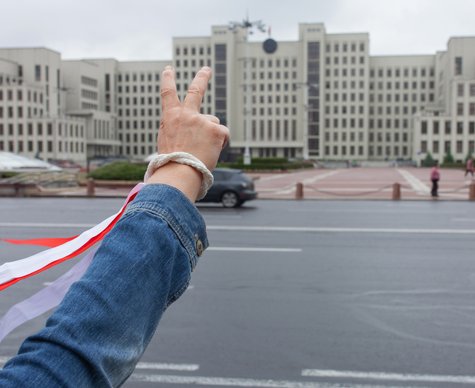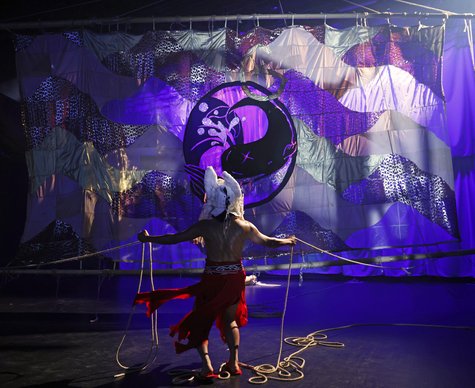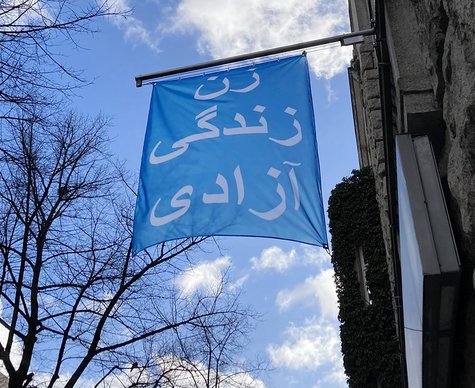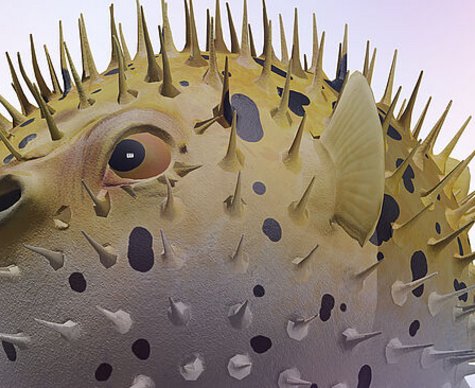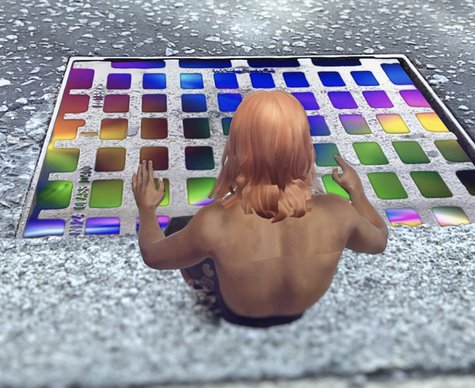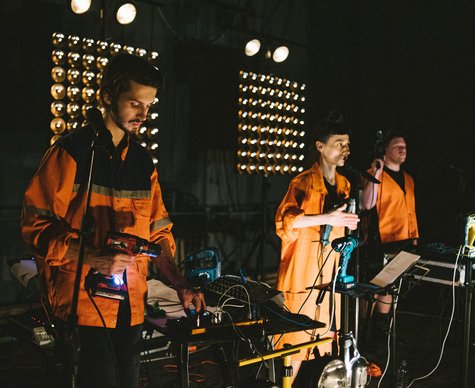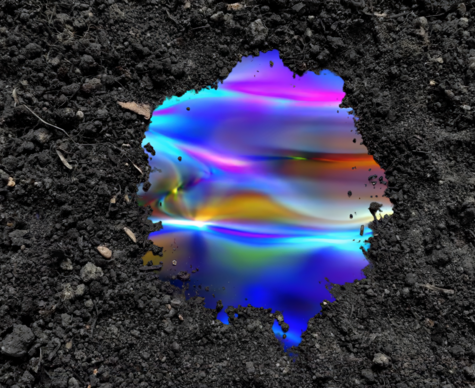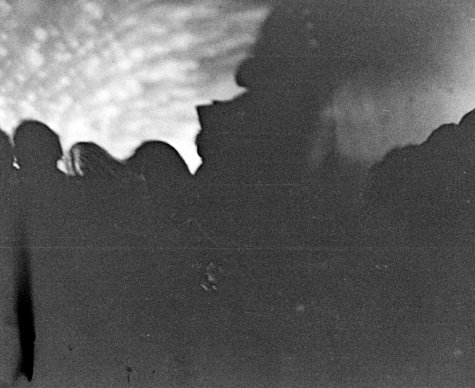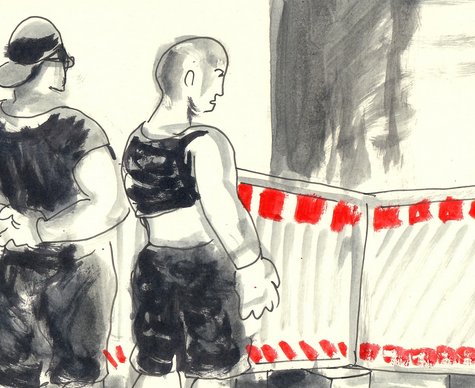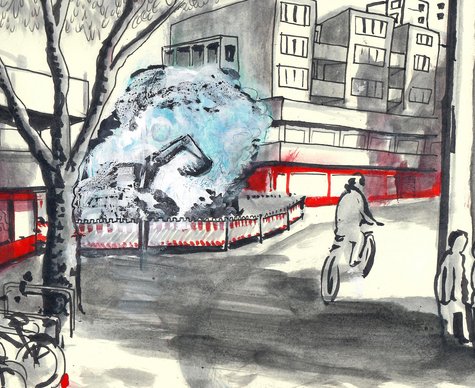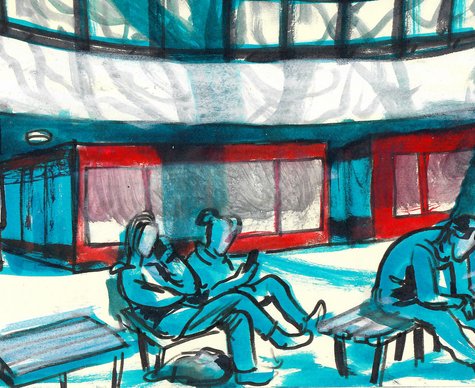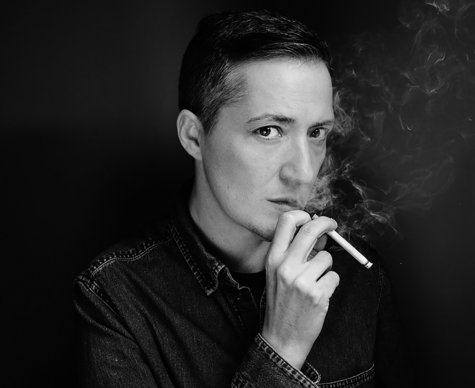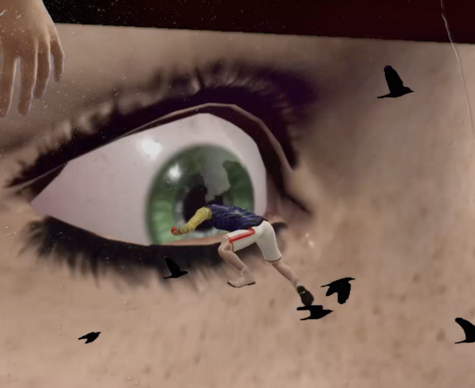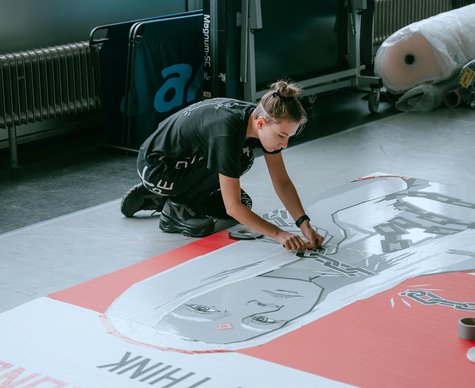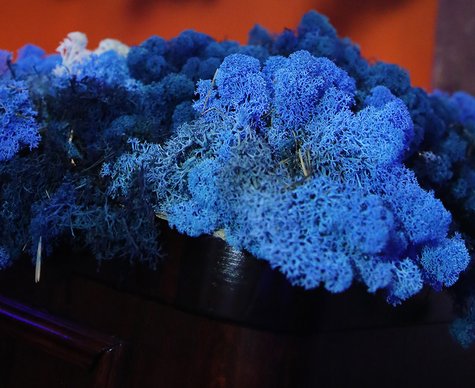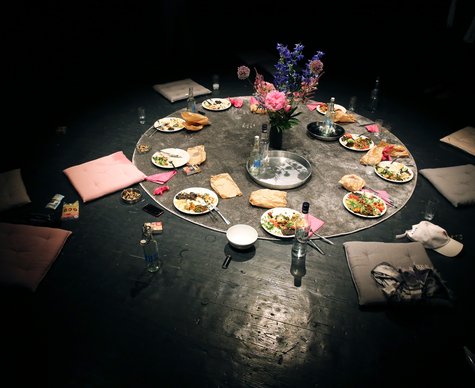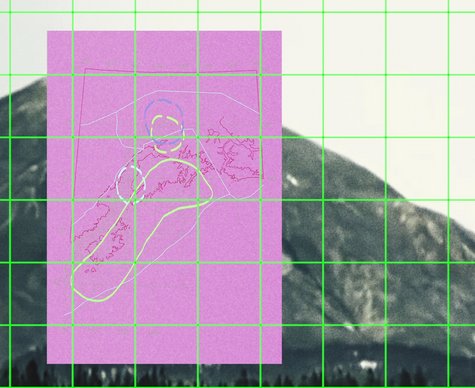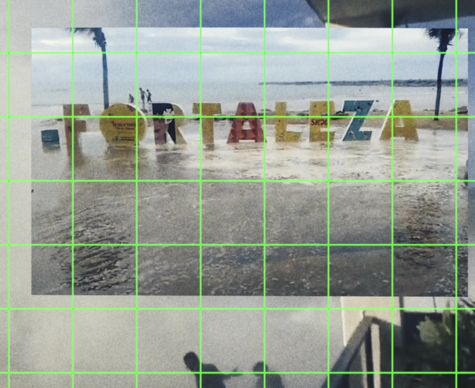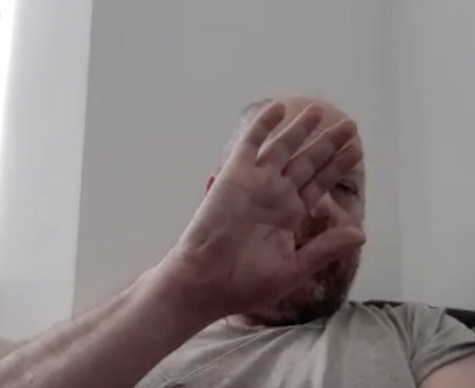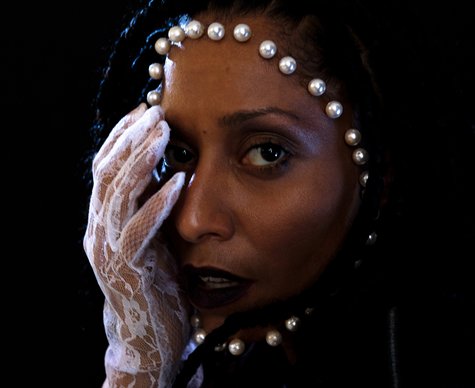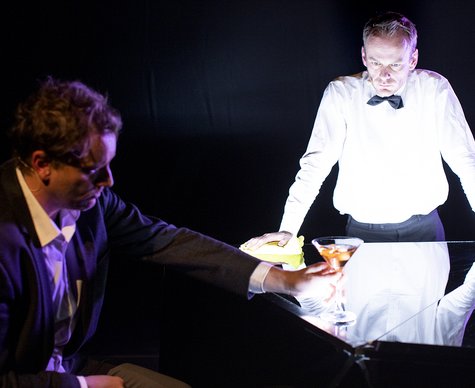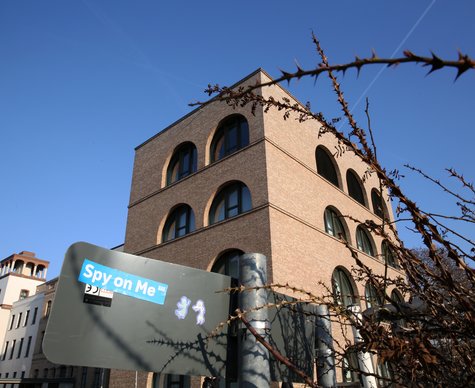Concept: Dance / Choreography: Delphine Gaborit, Adam Linder, Kotomi Nishiwaki / Stage: Shahryar Nashat / Costume: Tobias Kaspar, Iva Wili / Musical Arrangement: Brendan Dougherty / Foley Sound: Stephane Brunclair / Voiceover: Jared Gradinger / Light: Andreas Harder / Dramaturgical Advice: Eike Wittrock / Management: Andrea Niederbuchner
Adam Linder
Parade
- Dance
Parade, of 1917, was a ballet conceived by Jean Cocteau for the Ballets Russes. With scenographic designs by Pablo Picasso, choreography by Léonide Massine and composition by Erik Satie, this ballet réaliste came to be associated with the modernist turn of the theatrical stage. The departure point for Adam Linder’s reinterpretation of "Parade" — a contemporary corporate ballet — is the publicity and high-performance imperatives which have pervaded the ‘stages’ of today. Nashat’s stage design follows suit by overexposing the conventions of the theatre. The faux marble edifice is overwhelmed with monogram branding, the props defy their habitual stasis and the evening programme serves as a theatrical mask. Costumed by Kaspar’s ornamental couture, the performers draw upon multiple choreographic grammars that are hard-cut, crossfaded and juxtaposed to create three collaged personas. The Chinese Conjuror springs back and forth between internal fantasy and the illusion of the gesture, the American Girl directs herself through a succession of career opportunities and the Acrobat rehearses the virtuosic flexibility of speculation. Cocteau’s Managers are translated into geometric chroma green props whose porous magnetism mediates the characters’ self-presentation.
One year ago Linder's work premiered at HAU and later on the visual artist Shahryar Nashat made a film based on it, which had its premiere at the Berlin Biennale. Now for the first time, it is possible to view these two projects together. The film will be screened on 29 November at Kino Babylon Kreuzberg.
Parade
Directed by Shahryar Nashat
Adapted from Adam Linder's Parade
Cinematography by Gaëtan Varone
Sound by Stéphane Brunclair
Costumes by Tobias Kaspar and Iva Wili
Koproduktion: HAU Hebbel am Ufer, Theater Freiburg. Kooperation: Tanzfabrik Berlin, Silberkuppe. Gefördert aus Mitteln des Hauptstadtkulturfonds. Mit freundlicher Unterstützung der haubrokfoundation, PACT Zollverein and The Place London.
Cast
Dates
Location
HAU3
Tempelhofer Ufer 10, 10963 BerlinHAU3 unfortunately is not barrier-free. Access to the theatre is via a stairwell (3rd floor). If you need help, please contact our Ticketing & Service team at +49 (0)30 259004-27 or email us at tickets@hebbel-am-ufer.de.

















